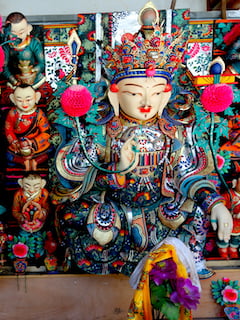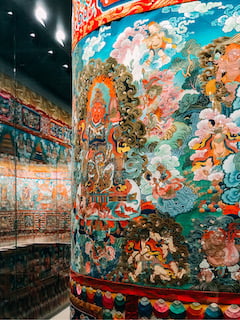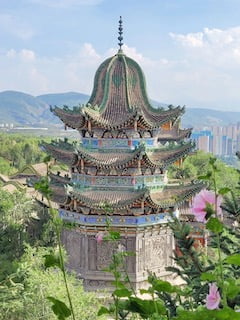
Qinghai Province, located mostly on the Tibetan Plateau, borders Tibet on the southwest. The popular attractions for foreign travelers are Kumbum Monastery, Qinghai Lake, and Chaka Salt Lake. Travelers can take the train to Tibet from many important cities, such as Beijing, Xi’an, Guangzhou, and Shanghai, but the most stunning part of the Qinghai-Tibet railway starts from Xining, the capital also the biggest city of the province.
For luxury travelers, there are 5* hotels such as Sofitel Hotel and Wanda Realm Hotel in Xining, also 4* hotels like Holiday Inn, Mercure, and Hampton by Hilton.







